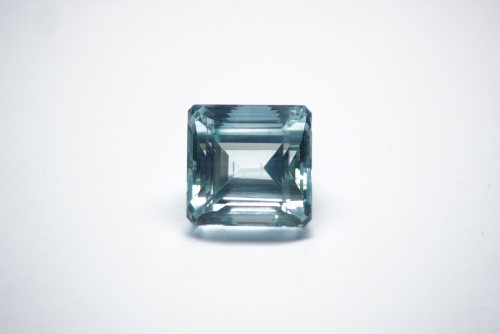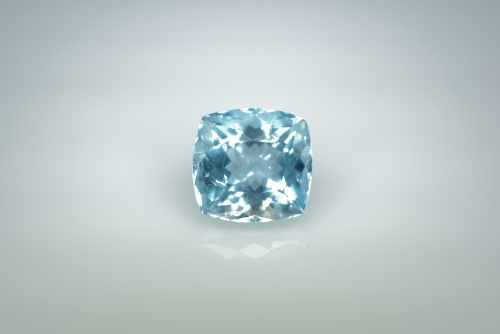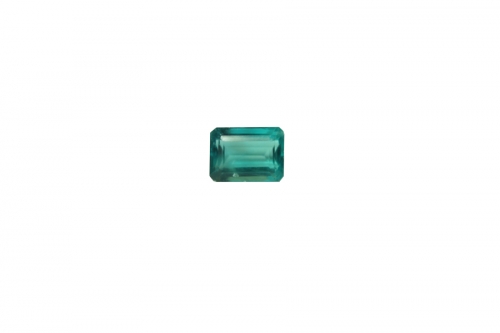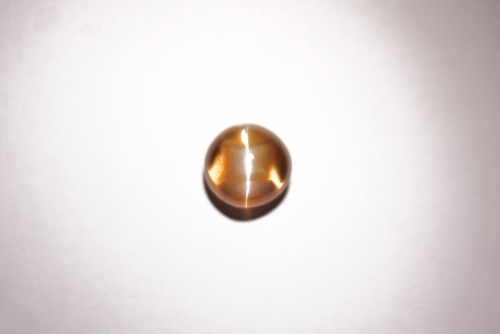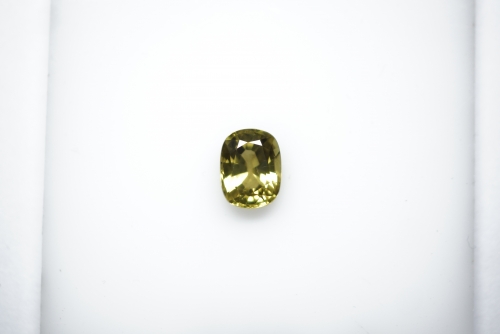Product Description
History
In the old days Aquamarine was thought to give the wearer safe passage during a long journey on the sea and protection in battle. Aquamarines were also used as a healing stone that could help against poisoning and when worn by a woman it promised a good marriage. Even today there are cultures where aquamarines are symbols of health and youth.
Sources
Brazil is the major producer of aquamarines, they are found in mines in the states of Minas Gerais, Espírito Santo, Bahia, and Rio Grande do Norte. Sri Lanka is another country that produces good quality aquamarines. Colombia, Zambia, Madagascar, Malawi, Pakistan, Tanzania and Kenya also produce small quantities of aquamarine.
Quality
The best aquamarines have a combination of high clarity and transparency with blue to slightly greenish blue hues. Like many beryls, aquamarine comes in the form of large crystals suitable for sizable fashioned gems and carvings.
Trivia
The Dom Pedro aquamarine is the world’s largest cut aquamarine gem. It was cut from a crystal originally weighing approximately 100 pounds (45 kg) into an obelisk measuring more than 3 feet (0.91 m) in length. The gemstone was mined in the state of Minas Gerais in Brazil in 1980, and named after the Brazilian emperors Pedro I and Pedro II.

